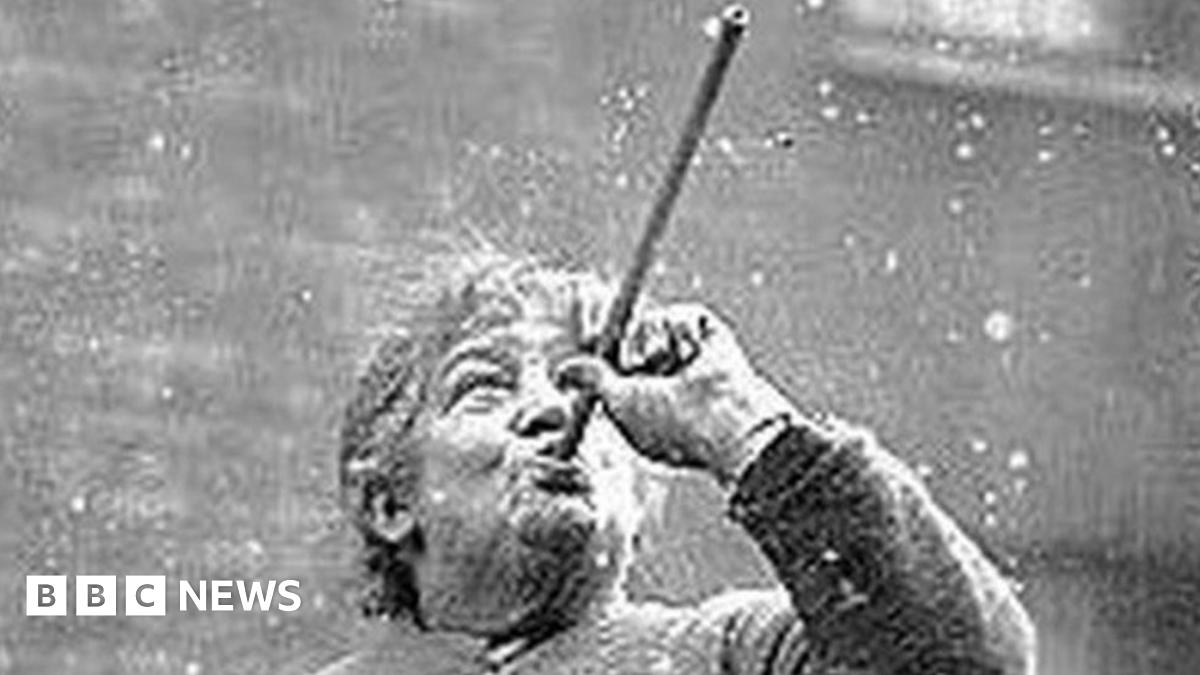Don and Frew
I would Don Budge. Interesting the way Budge lowers his tossing arm so little before then ascending upwards to the release point.
Frew Macmillan did much the same and kind of "pushes" the ball up with his tossing arm bent. You can just make all this out at 1:13 on this clip.https://www.youtube.com/watch?v=hOJhthAV8-4
I imported Frew's serve into Analzyr Pro where you can watch it frame by frame...fascinating serve. You can only use a bent arm to toss the ball if you use Frew's tossing technique.
My question of this article is who knocks up the knocker-uppers:
Originally posted by bottle
View Post
I would Don Budge. Interesting the way Budge lowers his tossing arm so little before then ascending upwards to the release point.
Frew Macmillan did much the same and kind of "pushes" the ball up with his tossing arm bent. You can just make all this out at 1:13 on this clip.https://www.youtube.com/watch?v=hOJhthAV8-4
I imported Frew's serve into Analzyr Pro where you can watch it frame by frame...fascinating serve. You can only use a bent arm to toss the ball if you use Frew's tossing technique.
My question of this article is who knocks up the knocker-uppers:




Comment